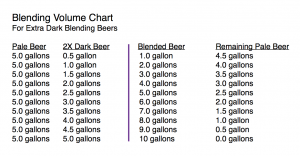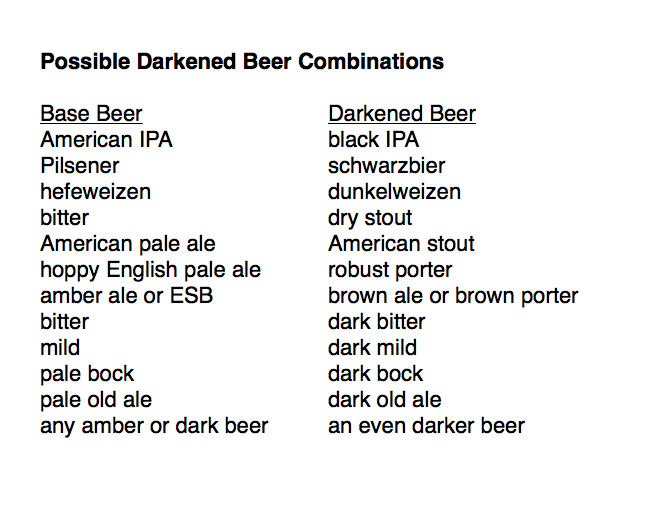 Recently, a group of people went to a church potluck dinner in Ohio. Of the 77 people who dined, one died, 11 had to be put on a ventilator to breathe, and another 17 fell ill. What happened? Well, the normal food safety rules that apply to restaurants and other places that serve food to the public don’t apply to church functions. As such, one of the cooks used the boiling water method to can (preserve) some potatoes. (Potatoes, a low-acid food, should be canned using a pressure cooker.) Those potatoes then got used to make potato salad for the gathering. Unfortunately, the potatoes were tainted with spores of the soil bacterium Clostridium botulinum and the pot luck attendees were poisoned by the botulinum toxin.
Recently, a group of people went to a church potluck dinner in Ohio. Of the 77 people who dined, one died, 11 had to be put on a ventilator to breathe, and another 17 fell ill. What happened? Well, the normal food safety rules that apply to restaurants and other places that serve food to the public don’t apply to church functions. As such, one of the cooks used the boiling water method to can (preserve) some potatoes. (Potatoes, a low-acid food, should be canned using a pressure cooker.) Those potatoes then got used to make potato salad for the gathering. Unfortunately, the potatoes were tainted with spores of the soil bacterium Clostridium botulinum and the pot luck attendees were poisoned by the botulinum toxin.
Why am I bringing this up? Because — as I’ve written about earlier — some homebrewers do something similar when storing their wort. Homebrewers who use the boiling water bath method of canning yeast starter wort, or use the no-chill method of cooling and then store the wort for extended periods of time, are running a similar risk of botulism.
I’m not going to rehash everything from the first two articles I’ve posted on this topic. I’m just adding the information above as further evidence that botulism is real and it can be lethal.








Recent Comments